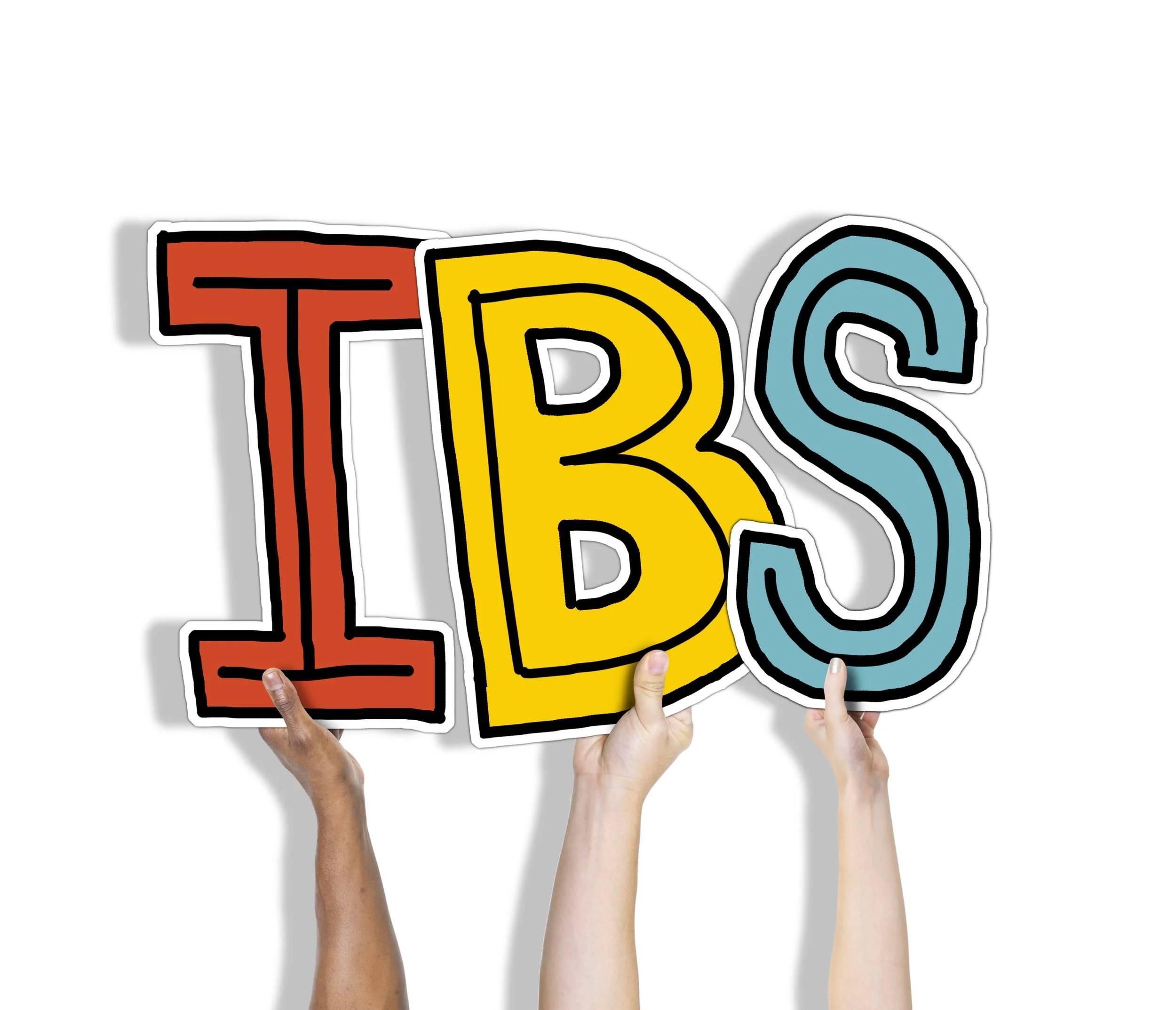IBS: More Common Than You Think (And Yes, Massage Can Help)
Let’s talk gut health—specifically IBS, or Irritable Bowel Syndrome. If you’ve ever dealt with bloating, unpredictable bowel movements, cramping, or food sensitivities without clear answers, you’re not alone.
In fact, IBS is one of the most common digestive conditions in Canada. About 18% of Canadians are affected, with some studies estimating the rate could be as high as 25%. That’s nearly 1 in 4 people navigating life with a sensitive, reactive digestive system.
Despite how common it is, many folks struggle to find lasting relief—and often don’t realize that massage therapy can be a valuable part of their care plan.
What Exactly Is IBS?
Irritable Bowel Syndrome is a chronic disorder that affects the large intestine. Unlike more visible conditions like Crohn’s or ulcerative colitis, IBS doesn’t show up on blood tests, scopes, or imaging—and that can be frustrating.
Instead, IBS is diagnosed based on recurring symptoms such as:
Abdominal pain or cramping
Changes in bowel habits (diarrhea, constipation, or both)
Bloating and gas
A feeling of incomplete emptying
Sensitivity to certain foods or stress
The exact cause isn’t fully understood, but it's thought to involve a mix of gut-brain connection issues, nervous system hypersensitivity, microbiome imbalances, and even past illness or trauma.
The Stress-Gut Connection
If you’ve ever felt your stomach tighten up in a stressful situation, you already understand how closely your digestive system is linked to your nervous system.
For those with IBS, this connection is amplified. Stress doesn’t just feel bad—it can physically worsen symptoms. That’s why treatments that regulate the nervous system (like massage therapy) can offer meaningful relief.
How Massage Therapy Supports IBS
Massage therapy isn’t a “cure” for IBS—but it’s one of the most underrated tools for managing symptoms, improving quality of life, and supporting long-term gut health.
Here’s how:
1. Activating the Parasympathetic Nervous System
Massage helps regulate your nervous system by activating the parasympathetic state—the “rest and digest” mode. This helps calm the gut, reduce inflammation, and minimize spasms or cramping. People often report feeling more “settled” after a treatment, and over time, this can help ease the constant digestive ups and downs of IBS.
2. Abdominal and Visceral Massage
We offer gentle, targeted abdominal massage techniques designed to:
Encourage peristalsis (the muscle movements that move waste through your gut)
Reduce bloating and gas
Relieve muscular tension in the abdominal wall and diaphragm
Support lymphatic flow in the digestive region
This type of work is especially helpful for those who experience constipation-dominant IBS, but can also support more balanced gut motility in general.
3. Addressing Tension in the Whole Body
We often see that people with chronic digestive symptoms carry tension in their back, pelvic floor, and even the neck and jaw (especially in those with gut-brain axis dysfunction). Massage can help release these holding patterns and improve alignment and flow throughout the body—benefiting the digestive system along the way.
4. Supporting Mental Health and Emotional Resilience
IBS can take a toll not just on the body, but also on your emotional well-being. It can be isolating, frustrating, and exhausting. Regular massage helps lower anxiety, improve sleep, and reduce physical symptoms of stress—creating more capacity to cope with whatever the gut throws your way.
A Supportive Step Forward
If you’ve tried the food journals, the fiber supplements, the elimination diets, and you’re still feeling stuck—massage might be the missing piece.
At Same Stars Wellness, we work with many clients managing IBS and digestive distress. We’ll meet you where you’re at, and work together to find what supports your unique body best.
IBS is real. Your symptoms are valid. And care should feel good.

